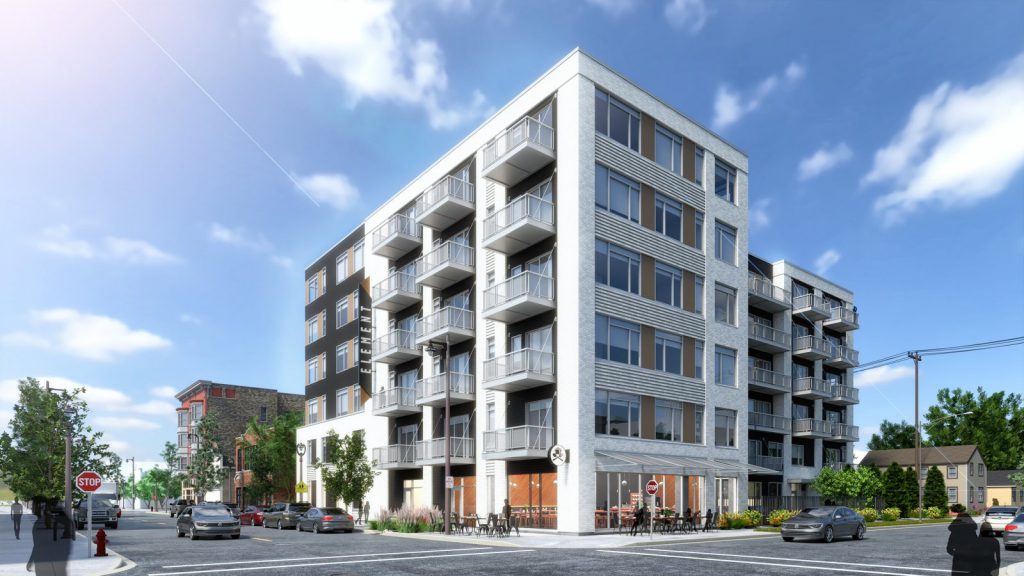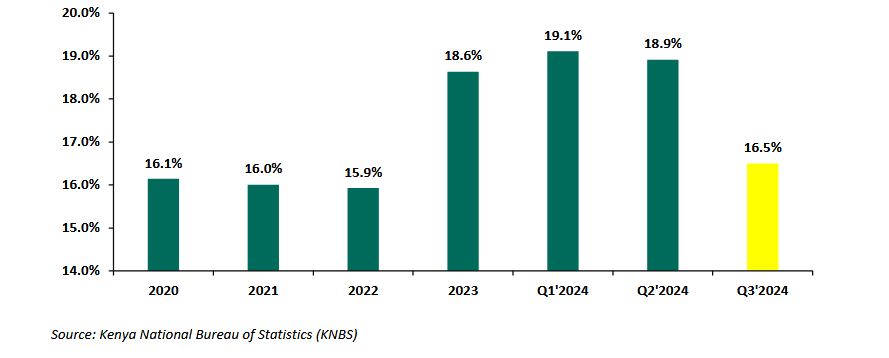Infrastructure impact on property Kenya
Learn how major infrastructure projects (SGR, Nairobi Expressway, Nairobi–Mombasa highway and new expressways) change land & property values in Kenya — practical investor checklist, micro-location plays, financing effects and FAQ to help you buy smarter.
Introduction
When you invest in real estate, understanding infrastructure impact on property Kenya is critical. Whether it’s the Standard Gauge Railway (SGR), the Nairobi Expressway or the new north-south highway corridor, major transport corridors are transforming land and property values in Kenya. In this article you’ll discover how infrastructure drives real estate premiums, where the most compelling micro-location plays are, how to evaluate and time your purchase, and what due-diligence checklist every investor needs. By the end you’ll be equipped to act on SGR property values Kenya, expressway real estate Kenya and other opportunities with confidence.
Why infrastructure matters for property value in Kenya
Infrastructure is more than roads and rails — it’s the backbone of property value uplift. When a new highway or railway station appears, it changes accessibility, demand dynamics and even zoning. Investors who understand the connection between infrastructure and real estate can identify the locations where value is about to rise.

How accessibility and transport reduce vacancy & raise rents
Better transport routes shorten commutes, connect residential hubs to employment centres and make properties more desirable. When people can travel in less time, neighbourhoods become more attractive and demand goes up. That extra demand tends to lower vacancy rates and push up rental yields.
Infrastructure as a signal for future commercial and industrial demand
When the government or private sector invests in major corridors, it signals that future development is planned — logistics hubs, business parks, residential expansion. That signal attracts developers and occupiers ahead of raw land price moves. Investors benefit by buying before the full market realises the change.
Social & environmental impacts that affect long-term value
Mega projects like the SGR or expressways often come with social and environmental costs: tenure disputes, displacement, ecological change, noise. If an area is exposed to risk, long-term value may be lower or more volatile. Understanding those risks is just as important as spotting upside.
Key infrastructure types that move property prices (roads, rail, utilities, ICT)
To evaluate infrastructure impact on property in Kenya, you need to look at which types of infrastructure matter most: major roads/expressways, rail corridors, utilities & digital connectivity. Each plays a different role.
Roads & expressways: commuter corridors and arterial uplift
Large-scale roads such as the Nairobi Expressway dramatically improve connectivity in peri-urban zones. For example, land along Mombasa Road, Syokimau and Athi River has seen gains of 20 %-35 % following the expressway upgrade. Improved road access means commuter zones farther from the city centre become viable, pushing up demand and prices.
Rail (SGR): logistics hubs, industrial land appreciation, commuter nodes
The SGR is reshaping towns along its route. Areas near SGR stations like Athi River, Naivasha and Voi are becoming logistics and commercial nodes rather than purely residential. That shift creates land-use change and value uplift for industrial and mixed-use property.
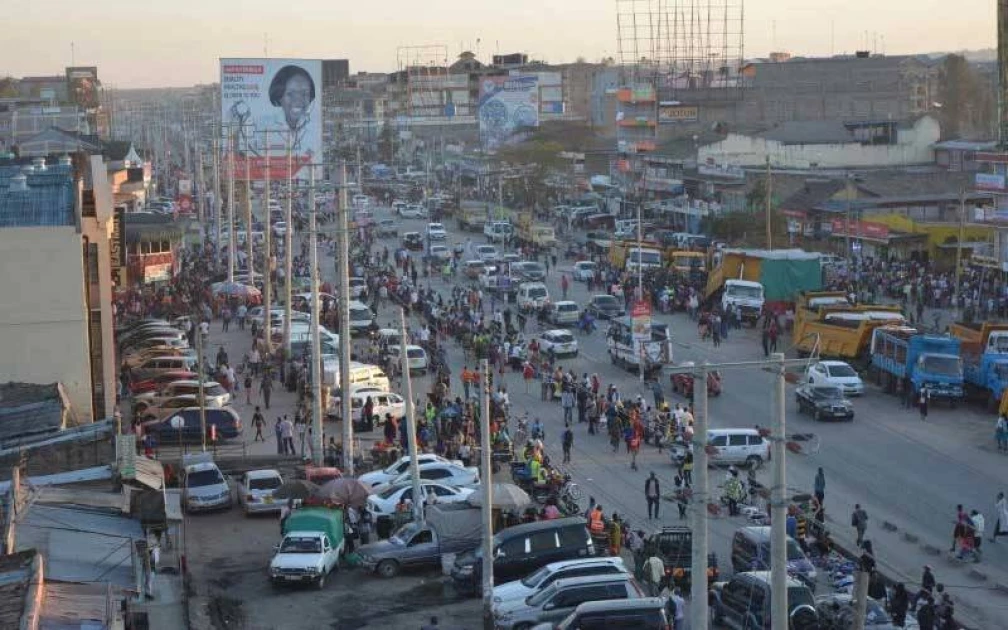
Utilities and digital infrastructure: the hidden value drivers
While transport grabs headlines, reliable power, water, sewerage, and fibre connectivity often determine whether value can be realised. An area may benefit from a new expressway, but if electricity is erratic or sewerage absent, developers may hold off and property values stagnate.
Evidence & headline numbers: what the data shows
Often the best way to act is by looking at real numbers. For infrastructure impact on property Kenya, these headline metrics tell you where to go and when.
Measured uplifts (HassConsult / Business Daily reports)
For instance, land along the Nairobi Expressway corridor has posted an uplift of around 20 %-35 % in recent years. While this range varies by location, project stage and infrastructure type, it sets a benchmark for what kind of uplift to expect.
SGR corridor case summaries — town-level changes
In towns like Naivasha, Athi River and Syokimau the arrival of the SGR has shifted the market from land speculation to real development, driving higher valuations and usage. Monitoring these towns gives clues to the next wave of “expressway real estate Kenya”.
What reputable studies show about SGR effects & risks
Academic and policy research flags that while SGR creates opportunities, it also triggers land-use change, tenancy shifts and sometimes tenure insecurity. For example, built-up area increased by 3.6 % along the line due to SGR. These risks emphasise the need for due diligence.
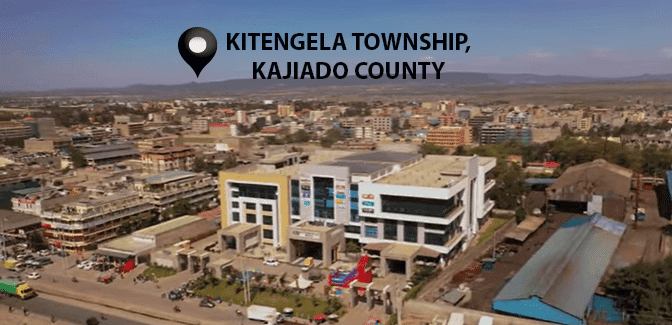
Case study: Standard Gauge Railway (SGR) — winners, losers & tenure issues
Examining the SGR case helps show how to apply the concept of SGR property values Kenya into real investment plays.
Short-term winners (logistics, warehousing, commuter suburbs)
Right after the SGR became operational, areas near freight terminals and stations saw interest in warehouses and commuter housing. Investors who bought near Athi River and Naivasha early gained because these zones became attractive for goods movement, not just residential.
Long-term winners (industrial parks, TOD)
In the medium term, the SGR corridor is attracting larger-scale industrial parks, special economic zones (SEZs) and transit-oriented development (TOD). These create structural demand, longer-term leases and stronger property fundamentals than pure speculation.
Risk checklist unique to SGR: land rights, displacement, stalled extensions, regulatory changes
Major rail projects like the SGR also carry risks: tenure disputes, resettlement issues, parts of the line not developed, regulatory or funding delays. For example, research shows areas along the SGR corridor experienced tenure uncertainty and speculative land commodification. Investors must check title, track extension plans, and local community arrangements.
Case study: Nairobi Expressway & Mombasa Road corridor — residential and peri-urban plays
Infrastructure uplift is not just industrial. Residential and peri-urban investment is heavily influenced by expressways, and the Nairobi Expressway offers a strong example for expressway real estate Kenya.
Which suburbs benefited (Syokimau, Mlolongo, parts of Mombasa Road) and why
Following the expressway, areas like Syokimau, Mlolongo and Athi River saw faster access to Nairobi’s CBD and business zones. This made them viable for middle-income rentals and residential plots, lifting demand and land prices.

Micro-location mapping: junctions, interchanges and value pockets
The value boost isn’t uniform: plots that are own access or near junctions/interchanges gain most. Knowing the layout of interchanges and access roads helps you spot the premium pockets rather than general corridor speculation.
Timing of residential vs rental plays: which works when
Residential value may rise gradually, but rental blocks may yield quicker returns when commuting improves. Investors should align strategy: short-term rental play vs long-term land appreciation. This is key when targeting SGR property values Kenya or expressway real estate Kenya.
Nairobi–Mombasa highway (Everstrong $3.6 bn deal) — scale, timeline and what investors should watch
A newly funded north-south corridor signals the next frontier for infrastructure impact on real estate. When you see big funding, large scale and government backing, you know it’s time to position.
Why a fully funded highway changes industrial logistics & long-haul freight land demand
The Nairobi–Mombasa highway corridor doesn’t just support residential commuting — it changes freight flows, industrial hubs and logistics demand. That means large land-use change and demand for big parcels, warehouses and yard space along the corridor.
Procurement, funding and timeline signals that should trigger buying
What matters for timing: contract award, financing securement, land-acquisition commencement, environmental clearances. These milestones often precede land price uplift. Recognising them helps you buy early rather than late.
Where to position: interchanges, service areas and logistics nodes
Instead of buying anywhere along the corridor, focus on near-junctions, service parks, logistics hubs and access ramps. These spots command premiums when the highway opens and operations ramp up.
Transit-Oriented Development (TOD), logistics & the new asset classes to consider
Beyond simple land speculation, infrastructure creates new asset classes: small rental blocks near commuter stations, logistic yards near expressway nodes, mixed-use developments near hubs. Understanding these gives you a more sophisticated view of infrastructure impact on property Kenya.
Warehouses & last-mile logistics yards near SGR stations and expressway interchanges
With increased freight movement along SGR and expressway corridors, demand for warehouses and yard space grows. These properties attract long-term tenants and institutional investors. Buying such assets early can yield superior returns compared to residential speculation.
Small rental blocks vs single-family plots: which makes sense by proximity and yield horizon
If you are buying near a commuter node, a small rental apartment block may generate quicker cash flow than a single-family residential plot. If you are buying further out where infrastructure is still future-proofing, then land may be the right entry. Matching asset type to location and timing matters.
Mixed-use development near corridors: combining residential, retail and office
The strongest plays combine uses: residential units above retail or offices near transport hubs. These mixed-use developments are being driven by infrastructure and support stronger value fundamentals. Investors should consider top-of-corridor mixed-use land as the next wave.
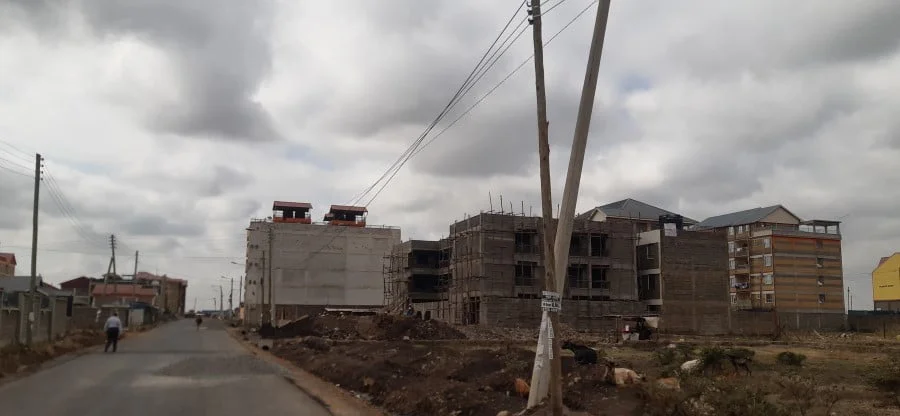
How to evaluate a property near infrastructure (practical 10-point due-diligence checklist)
To turn the opportunity of SGR property values Kenya or expressway real estate Kenya into a safe investment, you need a rigorous checklist. Here are the ten key checks every investor should perform.
Title & encumbrance checks
Always verify the land title: ensure the title deed is genuine, matches the survey plan, check for any charges or encumbrances, and confirm the land is not under dispute. This is non-negotiable when dealing with development near major infrastructure.
Infrastructure footprint & planning approvals
Check the official planning maps: where is the station, interchange, junction? Is your plot inside the service zone? Are timelines published? Has the government or developer released final alignment? Buying ahead of alignment clearance carries extra risk.
Environmental/ social risk (EIA, displacement, tenure)
Large transport projects often trigger environmental and social issues. For example, the SGR corridor showed built-up area growth but also land-tenure conflicts. Make sure you review any EIA reports, resettlement notices and local community agreements.
Utility & servicing timeline
A plot may sit next to a new freeway or rail station, but if power, water, sewer and access roads are delayed, development may stall. Ask when services will be connected and what the developer or county has committed to.
Zoning and land-use change potential
Inspect how the area is zoned and look for planning amendments triggered by the infrastructure. Industrial nodes often get re-zoned; residential zones may shift to mixed use. These changes are often the value catalyst.
Access & servitude (junctions, ramps, feeder roads)
The premium spots are often those with direct access: near junctions, ramps or feeder roads. Check servitude rights: is your plot accessible from the upgraded road/rail corridor or is it cut off by a barrier?
Flood risk, topography and soil conditions
Infrastructure corridors often change drainage patterns. A cheaper plot near a highway may flood, or have poor soil (e.g., clay) that raises construction cost. Get a soil report and check flood plans.
Market comparables & uplift assumptions
Look at recent transactions of similar plots near comparable infrastructure (e.g., 20 %-35 % uplifts along Nairobi Expressway). Use these as a benchmark, not just hope.
Holding costs, tax, acquisition risk
Major corridors may come with special levies, toll access zones or future compulsory acquisition risk (especially near national infrastructure). Factor in holding costs, taxes, and exit risk.
Exit strategy & liquidity timeline
Even with strong infrastructure, property near major projects often needs 5-10 years to fully appreciate. Decide whether your horizon is short-term rental yield or long-term capital gain. Timing is as important as location.
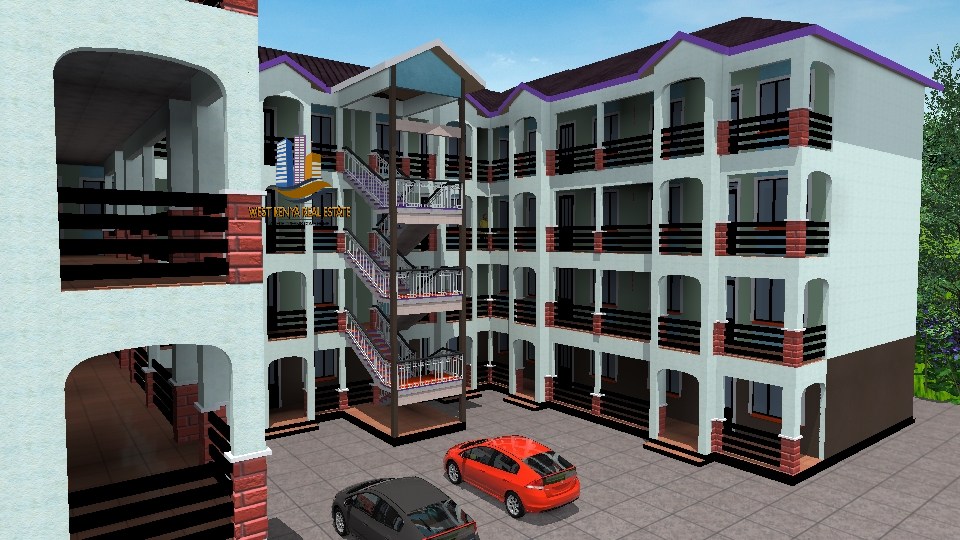
Valuation adjustments & pricing models (benchmarks & quick math)
One of the most actionable parts of infrastructure impact on property Kenya is knowing how to adjust valuation.
Typical premium ranges by project stage (announced/under construction/operational)
When infrastructure is only announced, the premium might be modest (5-10 %). Under construction, premiums often rise (15-30 %). Once operational and demand is clear, premiums can exceed 30 % in hot zones. For example, the Nairobi Expressway uplift is 20 %-35 %.
How to adjust rental yield expectations when infrastructure reduces commute times
If commuting drops from 90 mins to 30 mins because of a new expressway or rail station, rental demand rises, so expected yields may improve by 1-3 percentage points. Buyers should adjust their yield model accordingly.
Sample calculation for a peri-urban plot near an expressway
Say you buy a ¼ acre plot at KSh 4 m now in Athi River near a junction. If expressway completion is 12 months away and standard peri-urban annual appreciation is ~10 %, but you apply an infrastructure premium of 20 %, your target resale in two years might be KSh 5 m+. Build your model accordingly.
Financing, taxes & exit strategies for infrastructure-adjacent properties
Buying near major infrastructure doesn’t just affect the value and location—it also impacts the financials and exit plan. Understand how infrastructure impact on property Kenya alters financial mechanics.
Lender appetite & mortgage implications
Banks and lenders may view infrastructure-adjacent sites more favourably if value uplift is proven. However, some may still require higher equity or proof of demand. Ask your lender how they view plots or developments near transport corridors and whether they apply a rate premium or discount.
Taxes, rates, special levies and cost of holding land near major projects
Certain zones near large infrastructure may incur higher property taxes, service levies or requirements such as environmental remediations. Also, compulsory acquisition risk can trigger early exit or compensation-related complexities.
Holding period, exit strategy & expected cap-rate compression
Properties near major infrastructure often require a 5-10 year hold before full premium is realised. Exit strategies should adapt: you might hold for rental yield or reposition for sale once infrastructure is operational. Also expect cap-rate compression (lower yields) in the long-term as demand stabilises.
Timing the market: when to buy vs hold near new infrastructure
Knowing the right time to enter is almost as important as knowing the right location. For infrastructure impact on property Kenya, timing can dramatically affect your return.
Buy signals (planning approvals, funding confirmation, contractor mobilisation)
When you observe official planning approval published, financing secured, construction ground-breaking, or land acquisition notices, these are strong buy signals. These milestones often precede major value jumps. For example, the Nairobi–Mombasa highway funding announcement triggered investor interest.
Hold/avoid signals (land disputes, environmental injunctions, paused funding)
Conversely, you should be cautious when you see stalled projects, unresolved land tenure issues, environmental injunctions or unclear alignment. These are hold signals and could delay value uplift significantly.
Harvest phase: when infrastructure is operational and demand is proven
Once infrastructure is live and demand is visible (e.g., warehouses near an interchange are leased out, commuter town rental occupancy is high), that is often the harvest phase. In this phase you might consider selling or repositioning your asset.
Practical investment examples & mini-portfolio recommendations (transactional guidance)
Let’s translate theory into action. Here are investment examples aligned with infrastructure impact on property Kenya.
Low-budget play: peri-urban plot near a planned interchange
If your budget is modest (say < KSh 5 million), look at ¼-½ acre plots near a planned expressway interchange. Your key buying criteria: serviced or soon-to-be serviced, access roads mapped, title clear and infrastructure timeline < 24 months.
Mid-tier: small apartment block near a commuter hub
With a bigger budget, focus on land or development near a new rail station or expressway exit. Build small rental units; rental demand increases as commuting time drops. Model yield, allow for 2-3 years ramp-up and hold 5-7 years for full appreciation.
Institutional: logistics yard/warehouse near SGR or expressway junction
If you’re repositioning for institutional scale, identify 5-10-acre sites near expressway or SGR logistics nodes. These benefit from freight flows and institutional tenants. You’ll need partner capital, and your hold horizon may be 7-10 years.
Conclusion
Infrastructure — roads, rail, utilities — is a powerful driver of land and property growth in Kenya. Recognising infrastructure impact on property Kenya and spotting when and where it will manifest can turn a decent investment into a great one. Whether you’re after SGR property values Kenya, expressway real estate Kenya or logistics-corridor plays, the key is: buy early, do your due diligence, match the asset type to location and timing, and hold until the value uplift is realised. Use the checklists and guidance above, act wisely, and you’ll be ahead of most investors.

